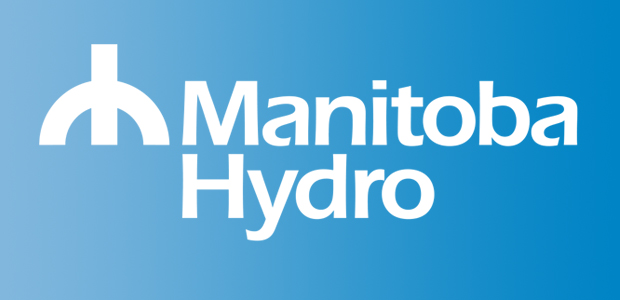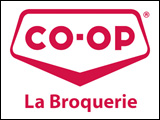Manitoba Hydro released its annual report showing a total consolidated net income of $71 million for the fiscal year ended March 31, 2017, up from $49 million in 2015-16.
Consolidated net income was comprised of $53 million from the electricity sector, ($33 million excluding a $20 million one-time gain on the sale of property), net income of $4 million in the natural gas sector, net income of $11 million from subsidiaries and $3 million net income related to adjustments required on consolidation to harmonize accounting policies between electric and natural gas operations related to the gas meter exchange program.
Excluding revenue from the one-time sale of property, consolidated net income for 2016-17 was $2 million higher than last year and $17 million higher than the forecasted net income of $34 million. The improvement, compared to forecast, was primarily the result of higher volumes of export sales driven by the 13th consecutive year of higher than average water conditions, and the utility’s ongoing cost containment measures. This was partially offset by lower than expected growth in Manitoba energy consumption when compared to forecast as a result of a mild winter. Continued low export prices offset much of the gains from near record water conditions which, together with higher water rental costs due to increased generation, tempered net income growth.
Manitoba Hydro continues to face financial challenges and risks associated with developing two major capital projects concurrently – the Bipole III Transmission Project and Keeyask Generating Station, both under construction – along with lower prices on the short-term export market, the potential for increased borrowing costs, and the risk of drought.
Based on a strategic review by the Manitoba Hydro-Electric Board, the company developed a multi-year plan to increase its capacity to manage known risks and improve the company’s financial performance. Along with a reduction of 900 staff positions, streamlining of executive management, and increasing operational and capital efficiency, the plan also includes projected electricity rate increases of 7.9 per cent each year for the next five years to begin the process of rebuilding the corporation’s financial strength.
While modestly up from last year, the $51 million net income (excluding revenue from the one-time property sale) is 85 per cent below the net income recorded 10 years ago when Manitoba Hydro was approximately half of its current size. Today, the company’s total debt sits at $16.4 billion. Kelvin Shepherd, President and CEO of Manitoba Hydro, cautioned that any analysis of net income must take into account the nature and scale of Manitoba Hydro’s operations.
“Our business is subject to a great deal of volatility, simply because so much of our revenue is derived from having an adequate supply of water to run through our hydroelectric generating stations, and we can’t control Mother Nature,” said Shepherd. “The higher than average flows we experienced again this year allowed us to sell more energy on the export market, in effect masking the impact of lower short-term export pricing by increasing our sales volume.”
Shepherd pointed out that without future rate increases, a return to average water flows would see Manitoba Hydro operate at break even at best, while drought conditions would result in losses of hundreds of millions of dollars.
“The plan we established and began implementing this past fiscal year includes significant reductions in staffing levels and operating expenses while also asking our customers to pay a higher, but still reasonable price for their energy. Both an improved operating cost structure and increased revenues are required to ensure the long-term financial health of Manitoba Hydro,” said Shepherd.
Shepherd added that the company’s restructuring will continue in 2017-18 as Manitoba Hydro looks to transform itself into a leaner, more efficient and customer-focused organization.





